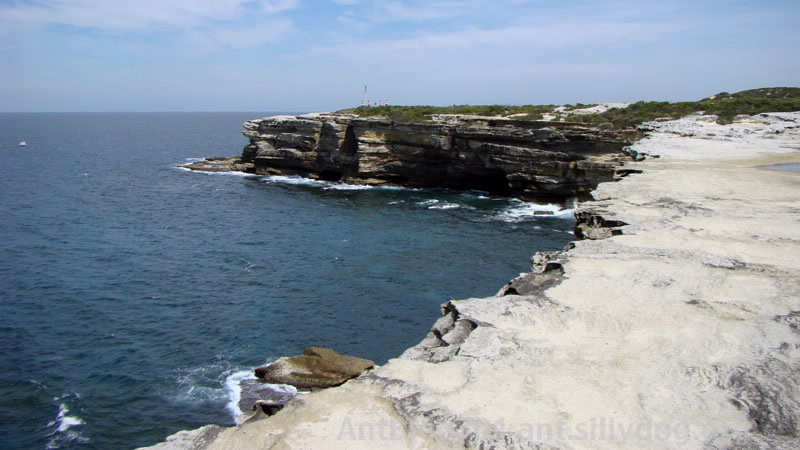ANSTO and the University of Wollongong are establishing the first pollution history of Sydneys Botany Bay in a new study. Environmental radiochemistry scientists from ANSTO and an Honours student from the Universitys Environmental Science department are developing the history from sediment cores taken from the Towra Point Nature Reserve. The area was chosen because, as a reserve, sediments should be relatively undisturbed.
 |
| The core samples will produce a history of the contaminants that have affected the Bay since development of it began. |
The core samples will produce a history of the contaminants that have affected the Bay since development of it began. The samples have been collected from a number of sites in the Towra Point area, including salt marshes and tidal flats.
The study differs from others that conclude that Botany Bay is polluted because analyses show that contaminants are present and at levels above permitted amounts.
The ANSTO and University of Wollongong study will initially establish the amounts of metals that should naturally occur in the environment by analysing and dating sediment samples. They will cover the time from the first European settlement to the present.
The lowest levels of the 60 cm cores samples will provide information on Towra Points environment at the time of the arrival of Europeans. It will provide the baseline against which pollutants contained in subsequently laid down sediment layers can be measured.
For example, historical analysis work done by ANSTO in the Georges River shows that the amount of lead that is normal in its environment is 10 parts per million. Anything above that is pollution.
The project leader, Prof Henk Heijnis, of ANSTOs Environment Division, said the Towra Point project followed a number of studies made over recent years by ANSTO that have produced pollution histories for parts of the Georges and Woronora Rivers.
"We expect to find that there has been a dramatic increase in aluminium, cadmium, copper and zinc after World War Two, following on industrialisation of areas around Botany Bay and along the rivers flowing into it," Dr Heijnis said.
"But we are also interested in the pollution history over time and how more recently introduced pollution controls have affected the build up of pollutants.
"We are also sampling in fine and coarse sediment areas, as fine sediments are more prone to of them moving into the food chain. For this reason information from the study will be provided to the NSW National Parks and Wildlife Service," Dr Heijnis said.
ANSTOs radiochemistry group is working with Mr Patrick Illott, an Honours student at the University of Wollongong, on the project.
To establish the age of layers of the samples they are using a naturally occurring radioactivity sequence. Uranium, which is present everywhere in the worlds crust, releases a radioactive gas, radon, into the atmosphere. In turn, this decays into lead-210, which settles back onto the earth or waters and sediments.
Because the rate at which this naturally occurring radioactive element decays is known precisely, sensitive nuclear analytical techniques used at ANSTO can be used to date sediments that contain it.
The technique being used in the joint study, which should be completed in November, has been employed by ANSTO in other projects.
It has been used to examine sedimentation rates near Sydneys deepwater sewage outfalls to ensure that sediments were being properly mixed and to provide contaminant histories in Centennial Park and parts of the Hawkesbury River.
Published: 11/09/1998


